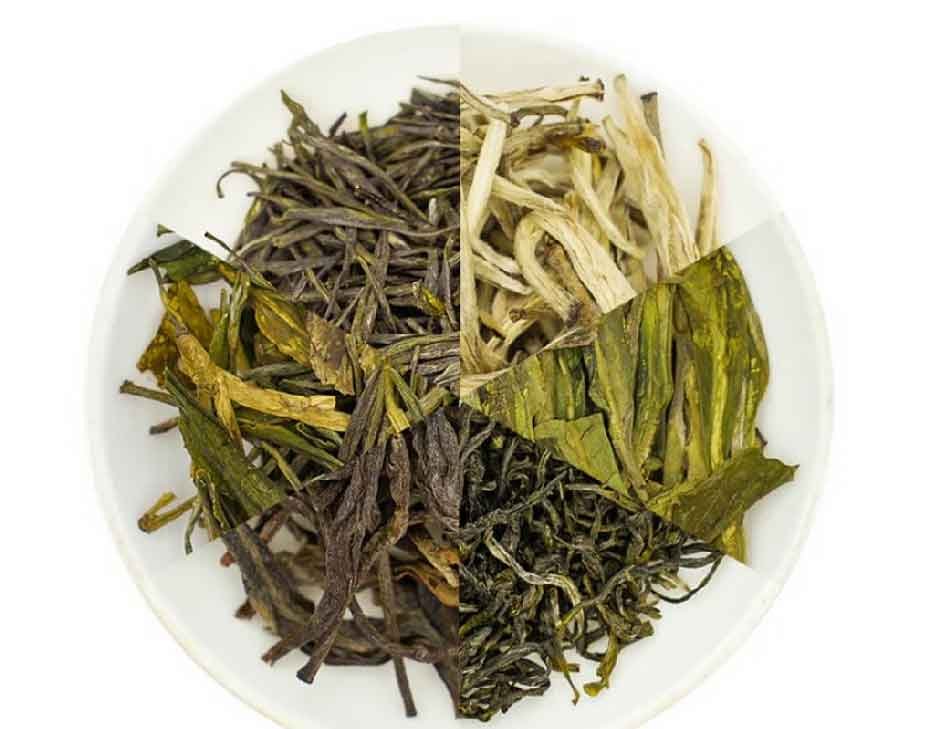Loose-leaf tea is the superior type of tea that true tea lovers prefer because it provides many benefits over bagged tea. Here is a complete guide on loose-leaf tea that will share its benefits, types, and, most importantly, its brewing tips.
A General Overview of Loose-Leaf Tea
Loose-leaf tea, by definition, is the type of tea present in the complete leave form and packaged and sold in that form. Generally, loose-leaf tea is the most superior type of tea because of the number of benefits it packs, which are:
- It is safer for the environment.
- It is better for your health.
- It has a better taste.
- It provides the most value.
Grades of Bagged Tea and Loose-Leaf Tea
Tea lovers have always compared bagged tea and loose-leaf tea. But in the end, loose-leaf tea always comes out on top because of its quality and benefits. Bagged tea has two grades: dust and fanning and crushed leaves.
· Dust and Fannings
Several brands sell this tea, which is one of the most common types of tea worldwide. The producer crushes the tea leaves into the finest dust to package them in a tea bag. This process causes the tea to lose some of its oils, which leads to a worse taste.
· Crushed leaves
In this loose-leaf tea type, the tea leaves are crushed into smaller pieces to fit into the more spacious bags. Still, the leaves are crushed, which makes them lose a lot of taste and aroma. These are better in quality than dust and fanning types of tea bags.
· Loose-Leaf Tea
The most superior type of loose-leaf tea is present in the whole-leaf form and retains all its oils, flavor, and aroma. It is packaged in big bags or tin cans and sold this way.
The Most Liked Types of Loose-Leaf Tea
There are several types of loose-leaf tea. All are made from the tea plant Camellia sinensis. The leaves for each type of Chinese tea are processed differently, which gives each kind of tea its distinct taste and features.
· Green Tea
One of the most popular types of tea is green tea. When the tea leaves are picked for production, they are immediately subjected to intense heat, which slows down the oxidation process and helps the tea retain its colour. When brewed, the beverage is green.
· Black Tea
When black tea is produced, the leaves are broken when picked, increasing the oxidation rate. This gives black tea its signature colour and taste, which is a fan favourite.
· Oolong Tea
Oolong tea’s production involves controlled oxidation, which causes its oxidation state to be somewhere between green tea and black tea. It contains all the combined benefits of green and black tea, and its taste leans more toward green tea.
Benefits of Loose-Leaf Tea
The following are the benefits of the loose-leaf tea.
· Green Tea
It helps improve memory, metabolism, and dental health. It’s also great for cancer prevention.
· Black Tea
It maintains heart health, improves digestion and immunity, and increases energy.
· Oolong Tea
It prevents diabetes and inflammation, is best for weight loss, and aids brain health.
· White Tea
Improves the reproductive system and brain health. It helps you lose weight and keeps cholesterol levels in check.
· Pu-Erh Tea
Great for blood pressure control. It also helps with digestion and weight loss. Relieves stress, too.
Brewing Tips for Loose-Leaf Tea
For brewing the best loose leaf tea, use the following tips:
- Use an infuser to sweep the leaves; it will create less of a mess.
- The leaves can be steeped up to three times.
- Steep Black tea and Oolong tea in boiling water.
- For Green and White tea, after the water boils, wait for two minutes and then steep.
Conclusion
Loose-leaf tea is a beneficial drink, and this information will help you, as a beginner in the world of tea, get started on the journey of drinking loose-leaf tea.







